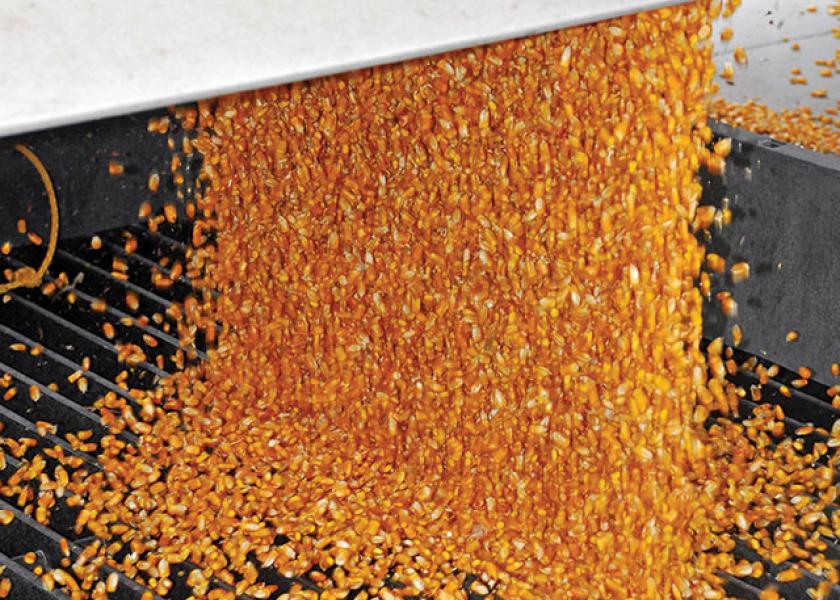Corn Prices Likely to Remain Elevated

Corn prices have reached their highest level in nearly eight years, and that means dairy producers who rely on purchased feed will pay more for corn. The reason behind this spring’s price surge is threefold: tight end-of-season stocks, formidable exports, and an old-fashioned short squeeze in the futures market, according to Sarina Sharp, analyst with the Daily Dairy Report. May corn futures, which began April above $5.64/bu. finished the month at $7.40.
“On the heels of USDA's surprisingly low grain stocks estimate on March 31, the bulls spent all of April strutting around the grain pits,” Sharp says. “In many locations throughout the Corn Belt, the cash corn price, which adjusts for local surpluses or shortages, has climbed even more quickly than futures, signaling that inventories are indeed tight and providing dry tinder for a rally.”
Due to the unusually high basis in varying locations, some grain analysts started speculating that USDA’s estimate of the 2020 harvest was overstated, which would further reduce the already tight end-of-season stocks.
Corn exports have also been steady and robust, Sharp notes. USDA's monthly balance sheets called for China to import 24 million metric tons (MMT) of corn this season, shattering the record of 7.6 MMT set in the 2019-20 crop year, but USDA Foreign Agricultural Service raised its current estimate to 28 MMT.
“In a typical year, importers would shift their corn purchases away from the United States in spring to South America, but the grain bins there are rather bare after back-to-back seasons with big exports,” Sharp notes. “Argentina is expected to see a lower corn harvest than it did in the previous two seasons, and while USDA is still calling for a bumper corn crop in Brazil, very little rain has fallen in two of the country’s three most important second-crop corn states.” Moreover, the forecast calls for persisting dryness.
While South Africa could increase its corn exports modestly to offset some of the reduction from South America, Ukraine will export 20% less corn than it did last season, according to recent USDA reports.
“The red-hot corn rally also attracted investment funds looking to cash in on inflation in the commodity markets. Traders who had sold May 2021 corn futures and options mostly stuck with their positions, hoping for a setback in prices that never came,” Sharp notes. “Some were forced out of the market when May 2021 options expired, and the rest have been reluctantly buying back futures this week to get out of their short positions.”
The rush of investors trying to get out of their short position added fuel to the rally, creating what Sharp calls an “old-fashioned short squeeze.”
Given the tight corn supplies, some export commitments could roll forward into the 2021-22 crop season, when a lot more corn could be available. But given the very tight end-of-season stocks as well as dry conditions in the northern Corn Belt and throughout the West, the corn market will likely remain elevated until a big crop is assured.
“Corn futures will be extremely sensitive to weather into summer, and dairy producers can expect to pay more for feed than they have in recent years,” Sharp concludes.







